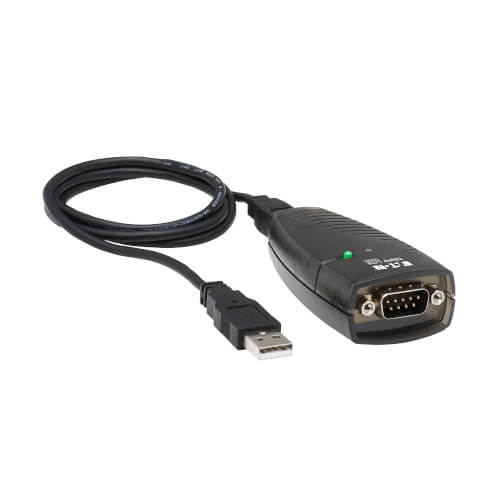

This protocol is defined in GM XDE-5024B.

1980: General Motors implements a proprietary interface and protocol for testing of the Engine Control Module (ECM) on the vehicle assembly line.Simple OBD implementations appear, though there is no standardization in what is monitored or how it is reported. 1975: Datsun 280Z On-board computers begin appearing on consumer vehicles, largely motivated by their need for real-time tuning of fuel injection systems.1968: Volkswagen introduces the first on-board computer system with scanning capability, in their fuel-injected Type 3 models.You can help by converting this section, if appropriate. This section is in list format, but may read better as prose.
#Obd2 serial cable driver series
Modern OBD implementations use a standardized digital communications port to provide real-time data in addition to a standardized series of diagnostic trouble codes, or DTCs, which allow a person to rapidly identify and remedy malfunctions within the vehicle. Early versions of OBD would simply illuminate a malfunction indicator light or "idiot light" if a problem was detected but would not provide any information as to the nature of the problem. The amount of diagnostic information available via OBD has varied widely since its introduction in the early 1980s versions of on-board vehicle computers. OBD systems give the vehicle owner or repair technician access to the status of the various vehicle sub-systems. On-board diagnostics ( OBD) is an automotive term referring to a vehicle's self-diagnostic and reporting capability. Used to connect to the SAE J1962 Data Link Connector (DLC) found in many cars of the era. Various angles and details of a "MaxScan OE509" - a fairly typical onboard diagnostics (OBD) handheld scanner from the first decade of the 21st century.


 0 kommentar(er)
0 kommentar(er)
